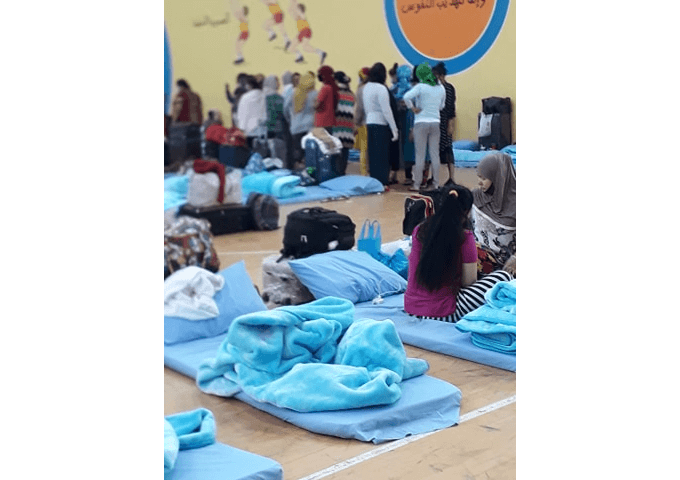COVID-19 has revealed pre-existing fault-lines in the recruitment, employment and living conditions of Nepali migrant workers abroad. Now faced with their unprecedented return to Nepal, the challenges of repatriation and reintegration are immense while the future of migration remains uncertain.
Nepali migrant workers: Essential and vulnerable
With a remittance-to-GDP ratio of over 25 per cent, labour migration is crucial to economy of Nepal (see Figure 1 below). Nepali workers primarily head to the Gulf Cooperation Council (GCC) countries and Malaysia, on temporary contracts in occupations typically considered “low-skilled”. It is these very occupational categories—in sectors like cleaning, security, storekeeping, and domestic work—that are now being recognized as “essential” during the pandemic for keeping societies functioning amid the lockdowns.
In a stark contrast to their indispensable role, COVID-19 has also brought into light the reality of many migrant workers’ vulnerabilities. Living in squalid labour camps with shared sub-standard toilets and crowded canteen facilities, physical distancing is impossible. Consequently, migrant labour camps have emerged as hotbeds for the spread. Significant sections of labour camps in Qatar’s Industrial Area that housed at least 2000 Nepali workers or three apartment buildings with 9000 migrant workers in Kuala Lumpur are examples of housing areas that had to be sealed to blunt the outbreak. The Non-Resident Nepalis Association (NRNA) estimates that over 14500 Nepalis abroad have tested positive, with over 10,000 in the GCC countries and Malaysia.
This is a part of a blog post published by Upasana Khadka.
